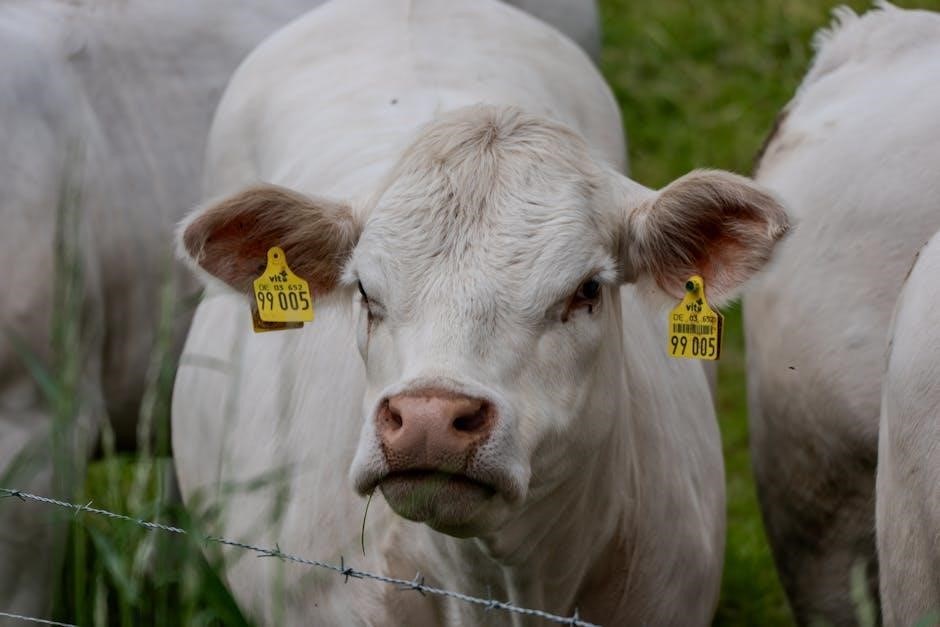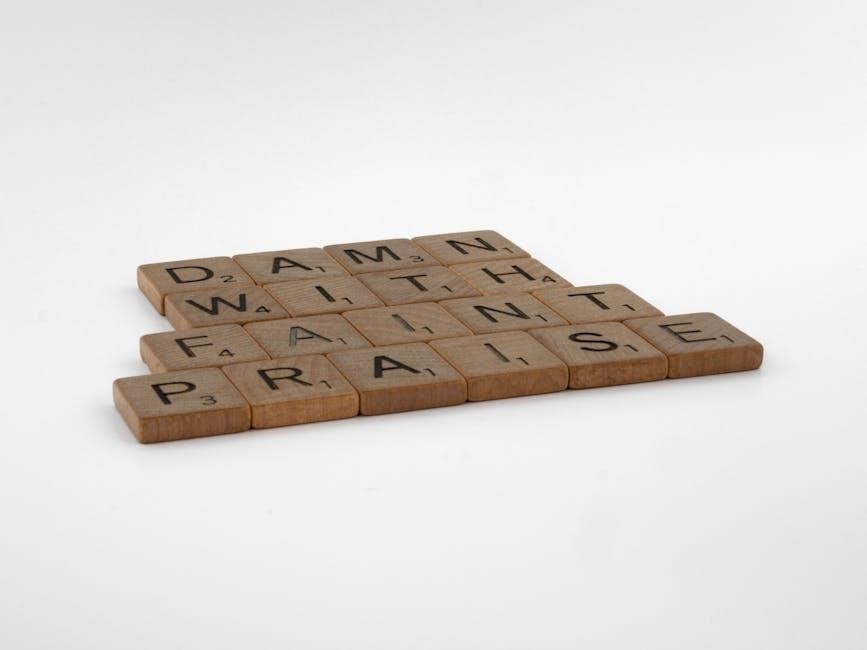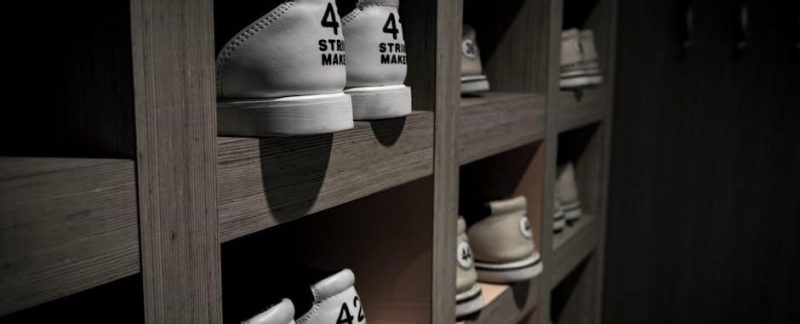Truffles are rare, prized fungi with a unique aroma and flavor, sought after for culinary and cultural significance. Learning to identify them is key to their enjoyment and sustainable hunting.
What Are Truffles?
Truffles are rare, underground fungi prized for their distinctive, aromatic flavor and culinary value. Found near specific tree species, they grow in symbiosis with roots. Truffles are irregularly shaped and highly sought after in gourmet cuisine for their unique taste, often used in dishes to enhance flavor. Their rarity and unique characteristics make them a delicacy.
The Culinary and Cultural Significance
Truffles are a luxury in haute cuisine, prized for their aromatic, earthy flavor. They elevate dishes with their unique taste, often shaved over pasta, eggs, or risotto. Culturally, truffles symbolize exclusivity and sophistication, featured in high-end restaurants and exclusive culinary events. Their rarity and distinctive aroma make them a status symbol, cherished by chefs and food enthusiasts worldwide.

Types of Truffles
Truffles come in three main varieties: white, black, and burgundy. Each type has distinct aromas and flavors, ranging from pungent to earthy, making them highly sought after.
White Truffles
White truffles are known for their pungent aroma, often described as earthy and umami. They typically grow underground near specific tree species like oak and hazelnut. Their exterior is smooth with a white or pale yellow interior. White truffles are highly prized for their intense flavor and are often shaved over dishes to enhance taste. Harvesting requires trained dogs or pigs.
Black Truffles
Black truffles are renowned for their robust, earthy aroma and dark, knobby appearance. Native to regions like Provence, they thrive near oak and beech trees. Mature black truffles emit a distinctive fragrance, signaling readiness for harvest. Trained dogs are essential for locating them underground. Their deep, umami flavor makes them a culinary treasure, often shaved over dishes to elevate taste.
Burgundy Truffles
Burgundy truffles, with their dark brown, warty exteriors, emit a rich, earthy aroma and nutty undertones. Found near hazelnut, beech, and oak trees, they thrive in calcareous soils. Less pungent than black truffles, they are still highly prized for their deep, complex flavor. Harvested in autumn, they add a luxurious touch to dishes, balancing earthiness with sophistication. Their unique profile makes them a favorite among chefs and gourmands.
Where Truffles Grow
Truffles thrive in moist, warm forests near tree species like chestnut, hazelnut, and oak. They avoid cedar and maple trees, typically growing underground in nutrient-rich, calcareous soils.
Geographical Regions
Truffles are predominantly found in Western Europe, particularly in France, Italy, and Spain, where the climate and soil conditions are ideal. Additionally, they are discovered in the Pacific Northwest region of North America, known for its lush, temperate forests. These areas provide the perfect environment for truffle growth, making them hotspots for truffle enthusiasts and hunters alike.
Truffles thrive near specific tree species, including chestnut, hazelnut, oak, elm, pine, willow, and poplar. They form symbiotic relationships with these trees, attaching to their roots. However, they are never found under cedar or maple trees, making tree species a crucial factor in identifying potential truffle locations during hunts. This association is vital for successful foraging and conservation efforts. Truffles favor moist, warm forests with specific soil profiles. They thrive in areas with calcareous or alkaline soils, often near tree roots. Ideal conditions include regions with moderate rainfall and mild winters. The fungi typically grow 10 to 14 days after heavy rainfall, making timing and soil quality essential for successful truffle identification and hunting. These conditions are crucial for their development. Truffle hunting involves using trained dogs or pigs to locate these underground fungi. Hunters often search in moist, warm forests after heavy rainfall, as truffles thrive in such conditions. Timing and knowledge of specific tree species are crucial for successful identification and retrieval. Natural indicators for truffle growth include specific tree species like oak, hazelnut, and chestnut, which often host truffle-forming fungi. Look for areas with rich, alkaline soil and adequate moisture. Seasonal changes, such as heavy rainfall, can signal ideal conditions for truffle development. Additionally, certain plants and vegetation patterns may hint at the presence of truffles underground, aiding hunters in their search. The best times for truffle hunting vary by species but typically occur in fall and winter for white truffles, and late winter to early spring for black truffles. Ideal conditions often follow heavy rainfall, as moisture stimulates growth. Timing is crucial to ensure truffles are mature and aromatic, making them worth harvesting. Seasonal awareness and weather patterns are key to successful hunts. Truffle hunting combines traditional methods with modern tools. Trained dogs or pigs sniff out truffles, while rakes and trowels gently uncover them. Essential gear includes gloves and baskets. Truffle dogs are indispensable in locating these hidden fungi. Trained to detect the distinct aroma of truffles, they skillfully sniff out locations, guiding hunters to the precise spots. Their keen sense of smell and ability to focus make them irreplaceable allies in the pursuit of these culinary treasures, ensuring efficient and effective truffle hunting experiences. A truffle hunter’s toolkit includes a sturdy rake or spade for gentle excavation, a truffle hook for extracting fungi, and a brush for cleaning. A wicker basket preserves aroma, while a first-aid kit and water ensure safety. GPS devices aid navigation, and knee pads provide comfort during searches. Proper gear enhances efficiency and protects both the truffles and the environment. Truffles are best stored in airtight containers lined with paper towels to absorb moisture. Fresh ones should be refrigerated and used within a week for optimal flavor. Truffles are best preserved by storing them in airtight containers lined with paper towels to absorb moisture. Fresh truffles should be refrigerated and used within a week for optimal flavor. For longer preservation, truffle oil or butter can be made by infusing sliced truffles in oil or butter, sealing the mixture in jars, and storing it in a cool, dark place. To successfully sell truffles, target high-end restaurants and specialty stores, emphasizing their culinary value. Ensure truffles are fresh and of high quality to command premium prices. Consider value-added products like truffle oil or butter to broaden appeal. Price competitively based on truffle type, size, and aroma. Building relationships with trusted buyers can lead to consistent, profitable sales and a loyal customer base. Truffles are a culinary gem, enhancing dishes with their unique aroma and flavor. Use them shaved over pasta, risotto, or salads, or infuse oils and butters for a luxurious touch.
Truffles elevate dishes with their distinctive flavor. Shave white truffles over pasta or risotto for an elegant touch. Black truffles pair well with eggs, meats, and cheeses. Infuse truffle oil into sauces or butter for added richness. Try truffle-topped pizzas or shaved truffles on soups for a luxurious finish. These versatile fungi transform simple meals into gourmet masterpieces; Truffle oil is a versatile and aromatic condiment that enhances dishes with its distinctive earthy flavor. Use it sparingly to elevate sauces, drizzle over vegetables, or infuse into dips. It pairs well with pasta, meats, and cheeses, adding a luxurious touch. Truffle oil is a convenient alternative to fresh truffles, offering a consistent and intense flavor profile for culinary creations. Discover expert guides like Matt Field Guide to North American Truffles and notable truffle experts such as Ian Purkayastha for comprehensive insights into truffle identification and culinary uses. For in-depth knowledge, explore Matt Trappe’s Field Guide to North American Truffles, offering detailed insights into hunting, identifying, and enjoying truffles. Additionally, The Mushroom Guide provides a visual key for species identification, while expert-led tours and guides like Jerneja’s in Istria share practical tips and historical context, enhancing your truffle journey with expertise and enthusiasm. Ian Purkayastha, a renowned truffle procurer, supplies rare black truffles to high-end restaurants globally. Leonardo, an attentive guide, shares extensive knowledge on truffle hunting and dog training. Jerneja, an expert in Istrian truffles, provides historical insights and practical tips, while Matt Trappe’s work remains a cornerstone for truffle enthusiasts, blending science with culinary passion. Their expertise enriches the world of truffles. Respect nature by avoiding over-harvesting and preserving habitats. Honor fellow collectors by sharing knowledge and maintaining ethical practices, ensuring sustainable truffle hunting for future generations. Proper etiquette is crucial for ethical truffle hunting. Always obtain permission before hunting on private land and respect protected areas. Avoid over-harvesting to maintain ecological balance. Share knowledge with fellow hunters and prioritize sustainability. Handle truffles gently to preserve their quality and aroma. By adhering to these guidelines, you contribute to the long-term preservation of this delicate fungi. Adopting sustainable practices ensures the long-term viability of truffle ecosystems. Harvest only mature truffles to avoid damaging the mycelium. Refrain from over-harvesting to maintain healthy fungal growth. Protect tree roots and surrounding soil to preserve habitats. Educate others on responsible truffle hunting to promote conservation. These practices safeguard truffle populations for future generations while supporting environmental balance.
Common mistakes include overharvesting, damaging tree roots, and ignoring soil conditions. These errors harm truffle ecosystems and reduce future yields. Always prioritize sustainability and care. Overlooking key indicators is a common mistake in truffle hunting. Signs like specific tree species, soil type, and weather patterns are crucial. Many hunters neglect the importance of moisture levels and rainfall timing, which are vital for truffle growth. Additionally, ignoring natural indicators such as insect activity or specific plant associations can lead to missed opportunities. Always stay vigilant and informed to maximize success in finding truffles. Improper handling of truffles can damage their delicate structure and reduce their value. Over-handling or pressing too hard can bruise the truffle, affecting its aroma and flavor. Additionally, not storing truffles correctly, such as exposing them to heat or moisture, can lead to spoilage. Handlers should use gentle techniques and appropriate storage methods to preserve the truffle’s quality and longevity. This ensures they remain fresh and viable for culinary use. Truffle hunting is a rewarding endeavor, blending nature, skill, and culinary art. By mastering identification, ethical practices, and proper techniques, enthusiasts can appreciate these fungi’s unique charm. Whether for personal enjoyment or profit, truffles offer a world of flavor and discovery, making the effort well worth it for those who embrace the challenge and respect the craft.Preferred Tree Species
Climate and Soil Conditions

Truffle Hunting Techniques
Natural Indicators for Truffle Growth

Best Times for Truffle Hunting

Tools and Methods for Truffle Hunting

The Role of Truffle Dogs
Essential Gear for Hunters
Storing and Selling Truffles
Preservation Methods
Market Tips for Sellers

Cooking with Truffles
Culinary Uses and Recipes
Enhancing Flavors with Truffle Oil
Expert Guides and Resources
Recommended Reading
Notable Truffle Experts
Respecting Nature and Other Collectors
Etiquette in Truffle Hunting

Sustainable Practices

Common Mistakes to Avoid
Overlooking Key Indicators

Incorrect Handling Practices








































